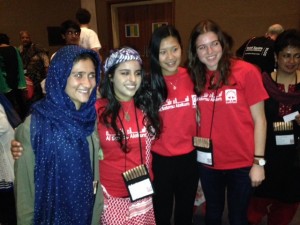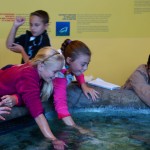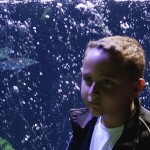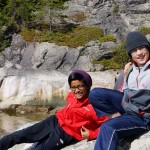With the beginning of the conference being absolutely packed with all kinds of speakers, bazaars, and other interesting Round Square activities, I can speak for all of us in saying we were tired and ready for a break. As well as this, we were in a new and incredibly beautiful country, but we had hardly seen anything outside the conference and bus rides! Needless to say, we were all looking forward to our expedition to the Dead Sea, technically a hyper saline lake, one of the saltiest water bodies in the world and a very popular travel destination.
So our immense international group set off to a hotel on the waterfront and went for a swim. We only had an hour there, but it was definitely worth our time. A popular saying around here is that the Dead Sea is the only sea you can’t drown in. While this is false, and there are an average of 26 incidents a year requiring lifeguard intervention on the other side of the lake, one can easily see how that is a plausible saying upon stepping into the water. Think of it like a full body liquid life vest; it’s impossible to sink, and you can very easily fall forward if you swim on your belly because your legs refuse to stay up.
Floating was a very relaxing experience for everyone, except when some of us were taught a painful lesson in osmosis upon realizing we had some small cuts that really burned. The water seemed to make our skin soft as well, but nothing compared to the Dead Sea mud. On the outskirts of the beach, people were flocking to a mud hole like warthogs in a BBC documentary. I myself partook in this, submerging myself in the pit and covering myself in the soft silt, which felt very nice. The only problem was that there was very little time to shower in the rather weak beach wash, and a loooooot of mud to be rid of. But in the end, everything was washed off and the group enjoyed complimentary resort meals before heading off, very happy to have experienced such a unique place that nature offered. – Max Makarov ’15 – Round Square International Conference,King’s Academy, Jordan

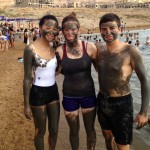
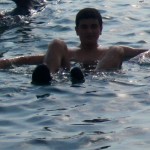
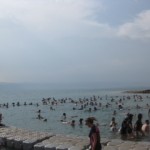
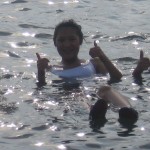
![photo 2[2]](http://wearelcc.ca/wp-content/uploads/2014/10/photo-22-300x225.jpg)
